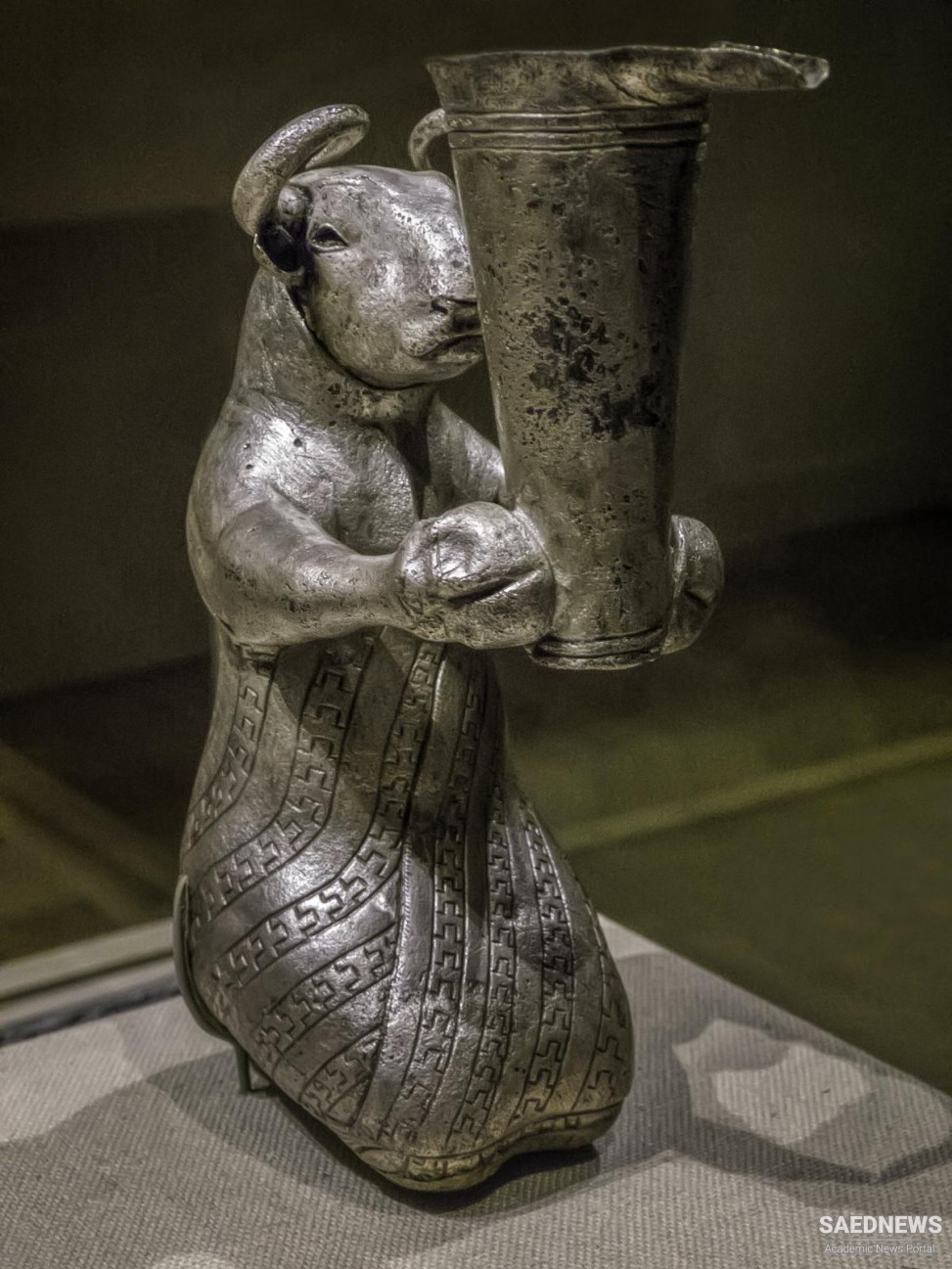Trade across the northern part of the plateau, through the sites of Tepe Hissar and Sialk, most probably involved transshipping semiprecious stones such as lapis lazuli from Afghanistan to Mesopotamia. The appearance of proto-Elamite tablets in Sialk IV may bear witness to such trade. So also may the appearance of similar proto-Elamite tablets at Tepe Yahya south of Kermān and in the great central desert provide evidence of trade connections between Mesopotamia and the east—in this case a trade that may have centred on specific items such as steatite and copper. Parsa perhaps also participated in such trade networks, as is suggested by the appearance there, alongside strictly local ceramics, of wares that have clear Mesopotamian affinities. In the west-central Zagros, outside influences from both the north and the west can be traced in the ceramic record; such is also the case for local cultures in Azerbaijan to the northwest. In general, however, these millennia represent a major dark age in Iranian prehistory and warrant considerably more attention than they have received (Source: Britanica)


 Ancient Persia: Paleolithic Era
Ancient Persia: Paleolithic Era














































